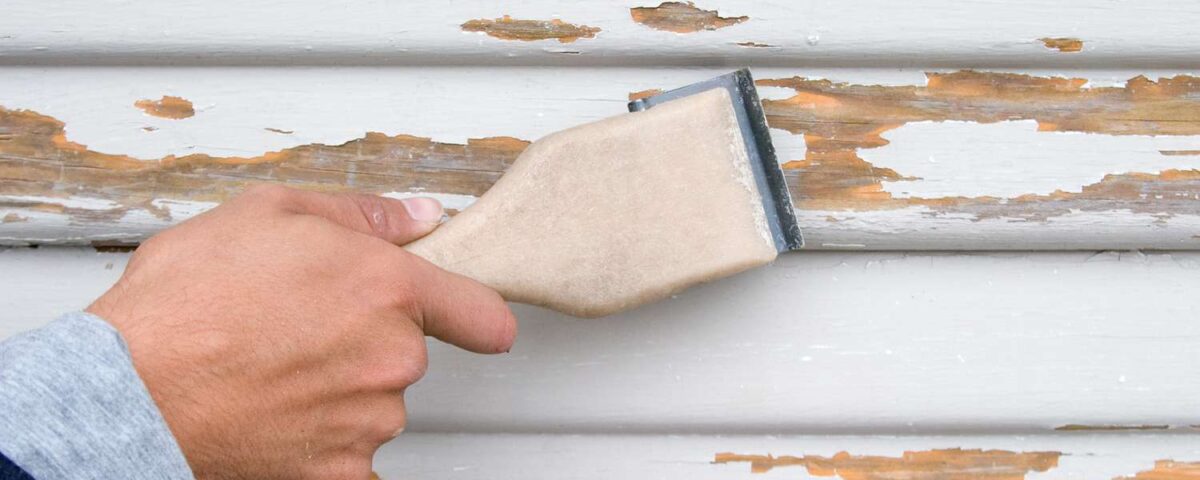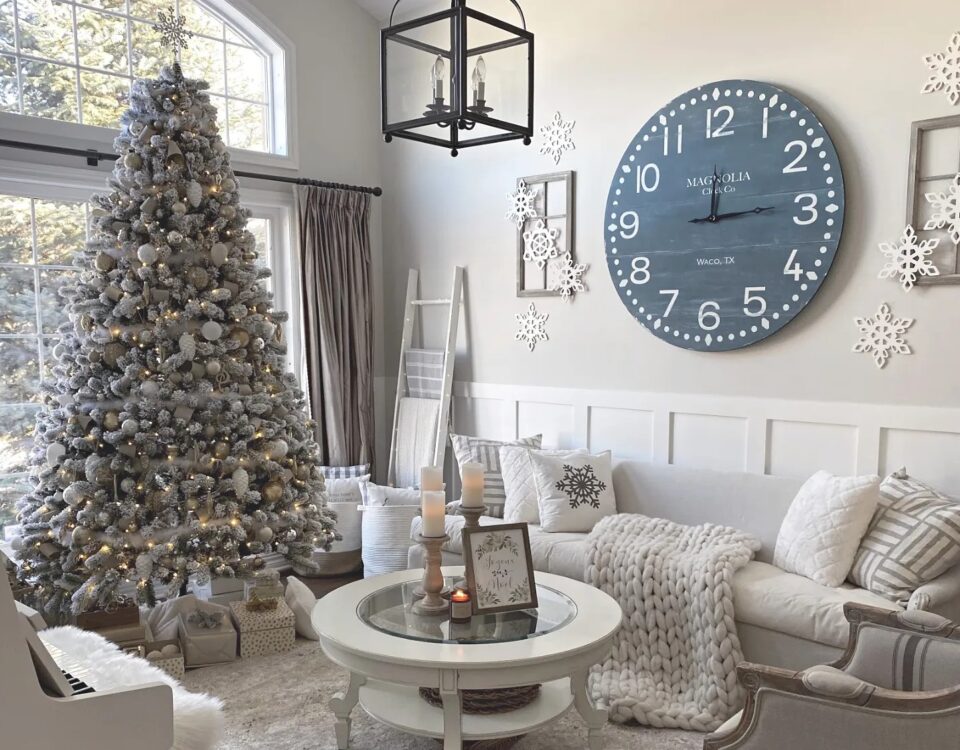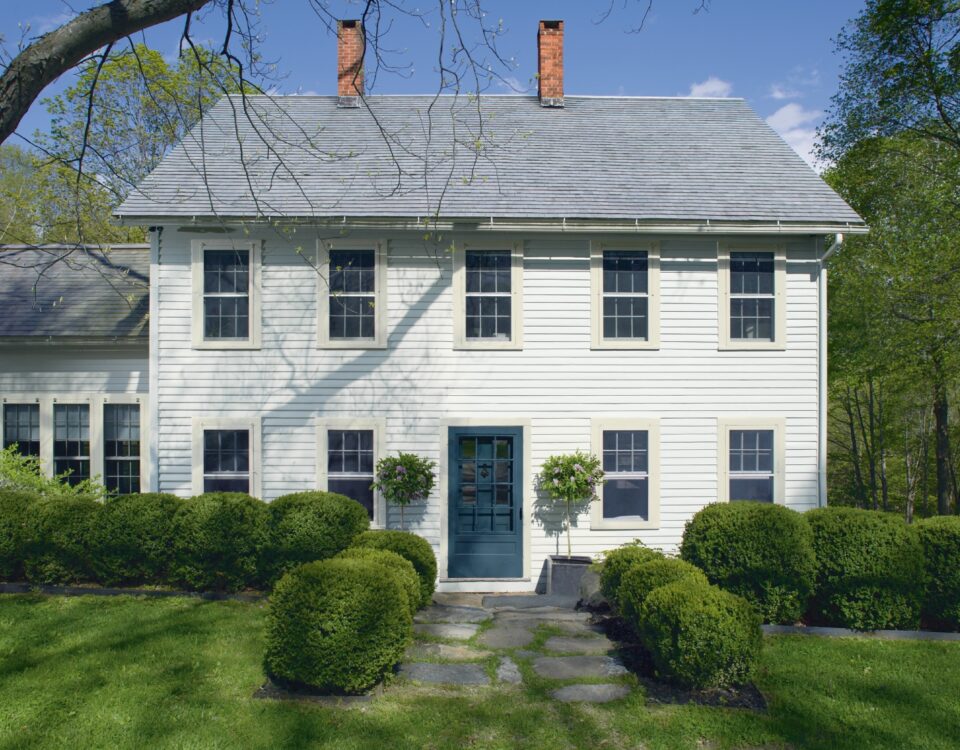
Braving the Cold: Exterior Paints for Low Temperature Application
December 1, 2023
Embrace Winter’s Beauty with Benjamin Moore Paints: Your Ultimate Guide
December 11, 2023Winterproofing Your Home
Freezing temperatures can significantly affect older exterior coatings, leading to a range of issues that can compromise the integrity and appearance of the paint. To withstand such conditions, coatings need strong grain crack resistance and adhesion. This is important because winter brings pronounced temperature drops at night, causing substrates like wood, metal, vinyl, masonry, or fiber cement to contract under the coating. When temperatures rise again, these materials expand, putting stress on the coating. If the coating isn't flexible enough to accommodate these movements, it will eventually crack, allowing moisture to penetrate and cause splitting, blistering, and flaking. It's essential to maintain a balance between tensile strength and flexibility in the coating to withstand these temperature changes.
Annual maintenance is crucial to prevent premature failure of exterior coatings, especially in areas with harsh winter conditions. Here are some key maintenance tips:
-
House Washing: Regular washing of the home exterior helps remove surface contaminants like pollen, dirt, air pollutants, bird droppings, mildew, and mold spores. This not only keeps the home looking fresh but also prevents the paint from deteriorating. House washing can be done with a sponge or a soft scrub brush using a mild solution of soapy water. In cases of mildew, a small amount of bleach can be added to the mixture. For a more thorough cleaning, professional pressure washing is recommended.
-
Touch-up Painting: Inspect your home annually and perform touch-up painting as needed. This helps maintain the integrity of the paint and extends its lifespan. Pay special attention to areas that receive more sunlight or wind exposure, as they tend to deteriorate faster.
-
Maintain Landscaping: Ensure that landscaping near your house does not retain moisture against the walls. Trim bushes and trees to allow airflow and sunlight around the perimeter of your home. Also, ensure that sprinklers do not wet the siding.
-
Check Gutters and Downspouts: Functional gutters and downspouts are crucial for directing moisture away from the home. Ensure they are not clogged and are in good working order to protect the paint and underlying surfaces.
-
Caulking: Inspect and repair caulking around windows, doors, and other openings. Cracked or split caulk can lead to water intrusion and air exchange, which damages the paint and underlying materials.
-
Wood Sealing: For unpainted wood surfaces, it's essential to refresh the waterproofing sealant every year or two to protect the material from moisture and weather elements.
Regular maintenance not only enhances the aesthetic appeal of your home but also extends the lifespan of the paint, saving time and money in the long run. It's a small investment that pays off by keeping your home in top condition.




